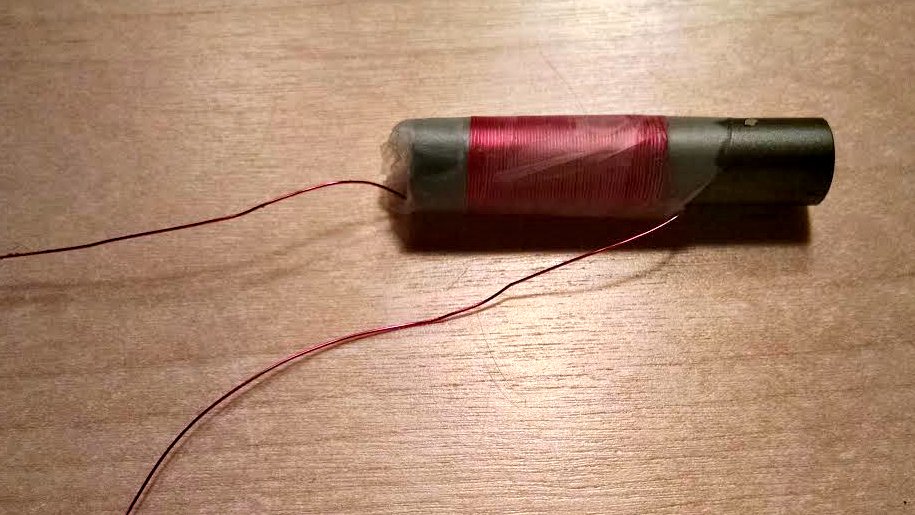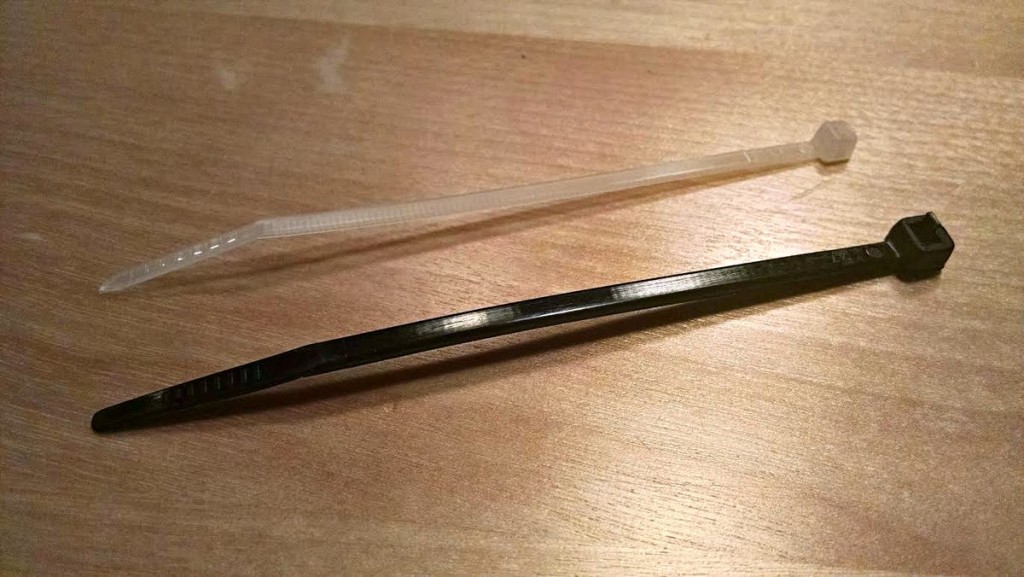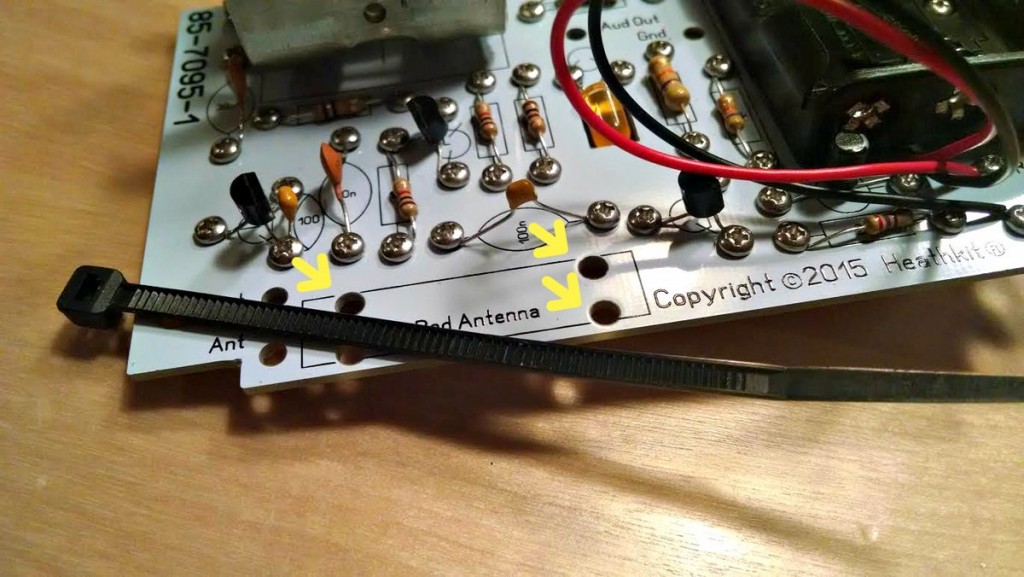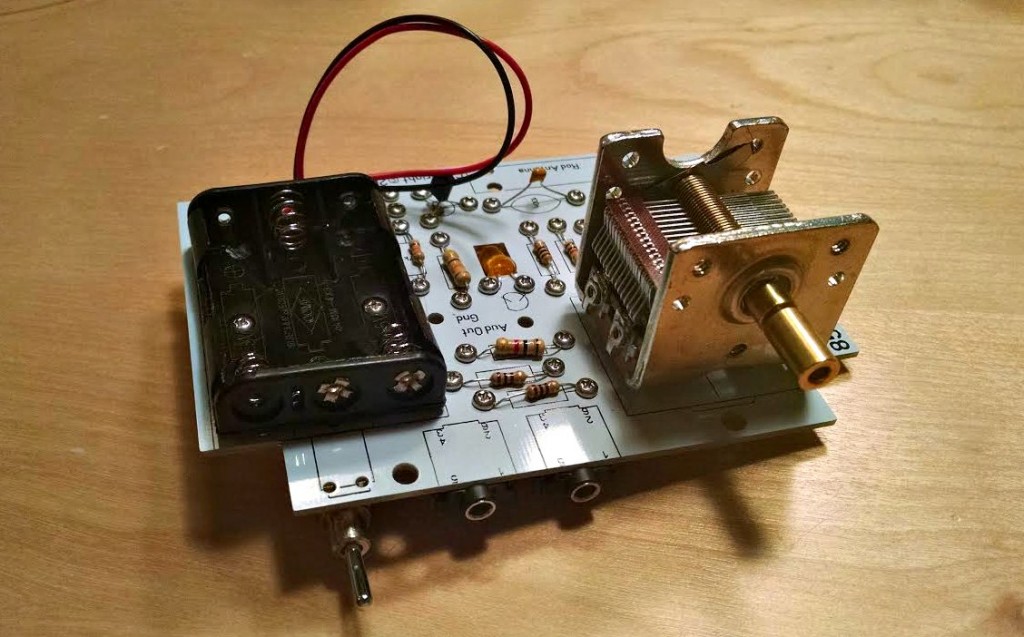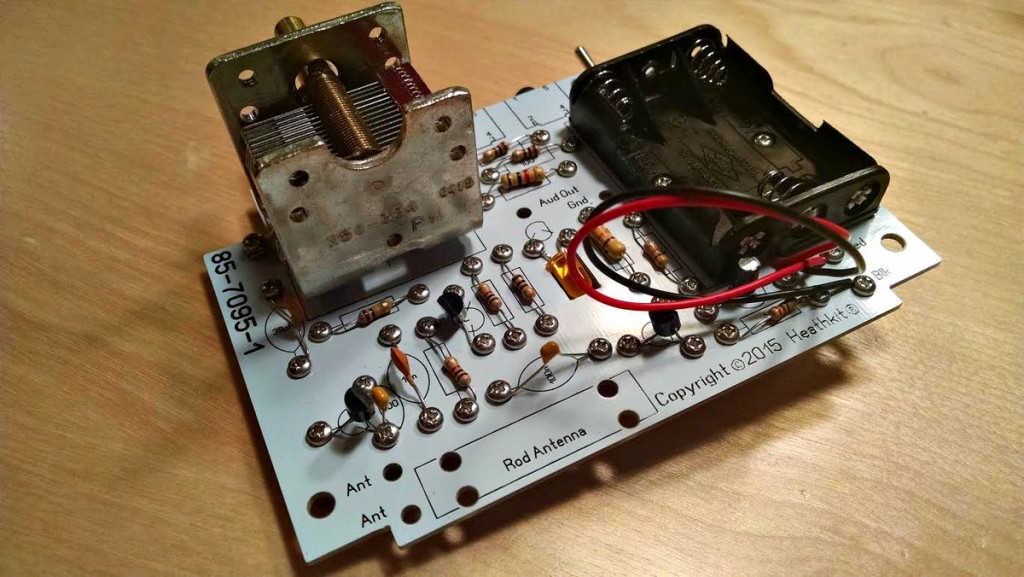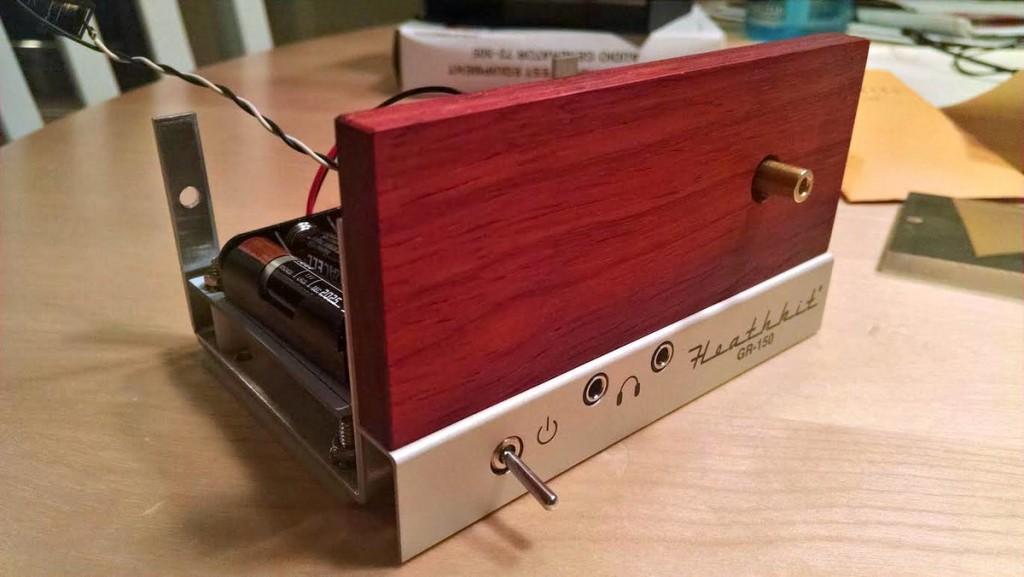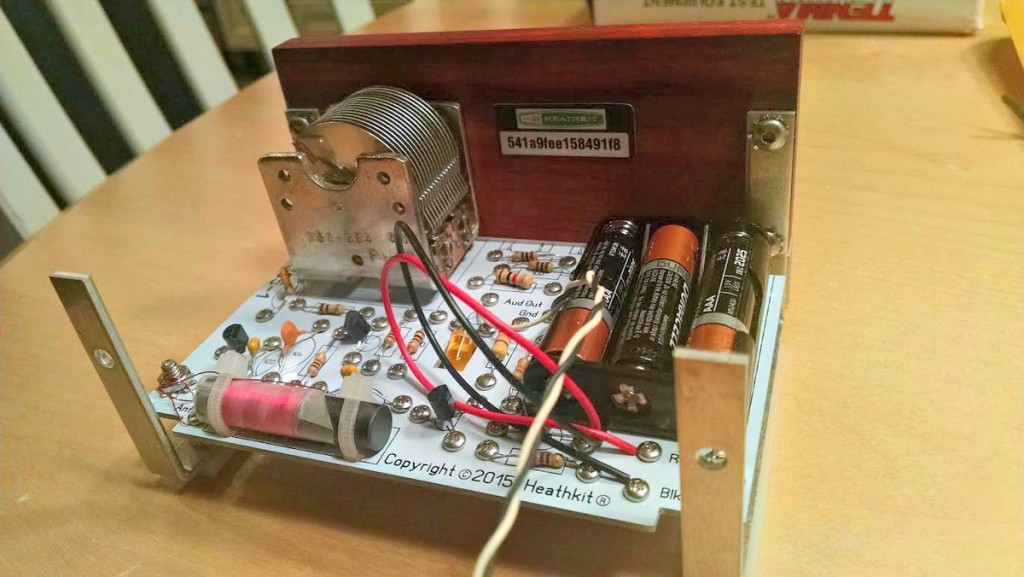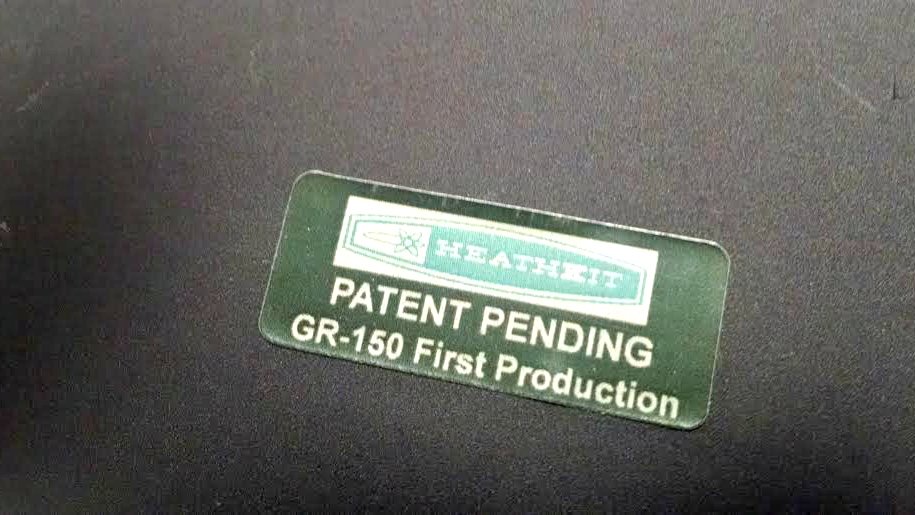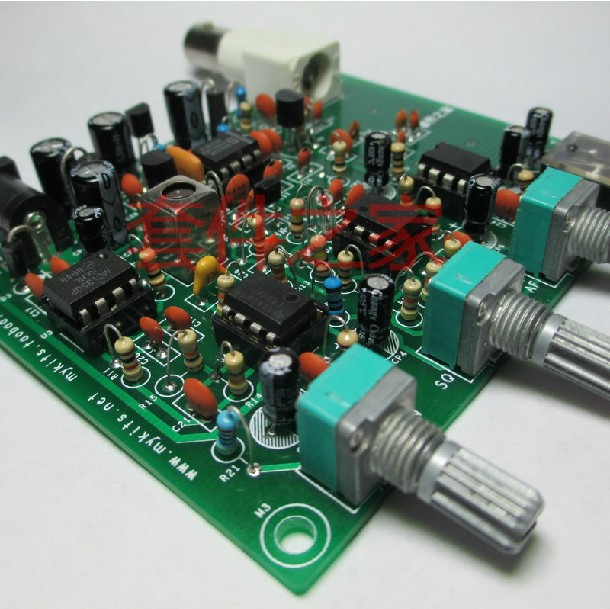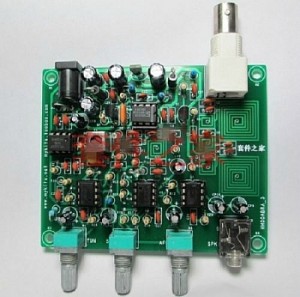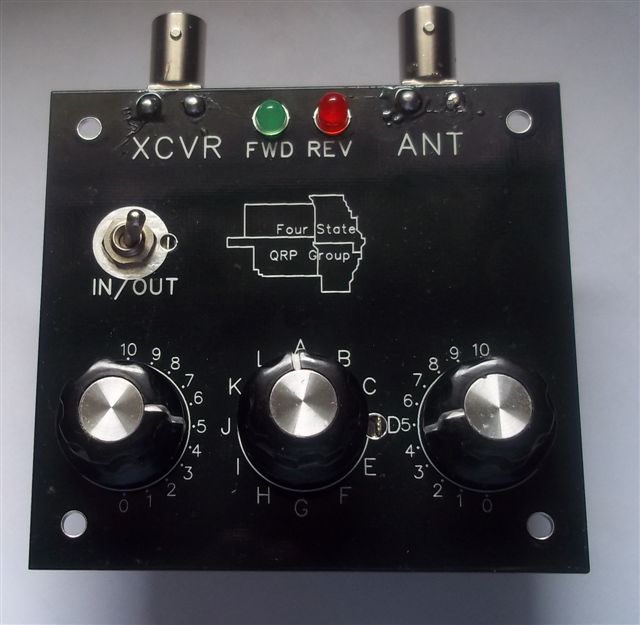Many thanks to Pete (WB9FLW) who writes:
Don’t know if you have seen this or not. VU2ESE of BITX20 Fame has just introduced the BITX40.
This is a fully assembled and tested SSB Transceiver for $45 including shipping from India!
Wow! I may have to purchase one of these and try it out.
I’m currently teaching a HamRadio 101 course to a group of 13 year olds. One of them recently asked how much it would cost to get a basic HF radio kit with SSB mode. HF rigs–even basic ones–tend to be quite expensive if they include SSB.
Here are details from the BitX40 order page:
BITX40
Work the world on 40 metersWhen was the last time you used a radio you had built? The BITX40 board is single circuit board 40 meter SSB transceiver module. Inside an evening, you can be on-air with this SSB transceiver module, chatting with the local gang or chasing DX. Plug in the earphones, the included electret mic, tuning and volume controls and you are on air! Included are high quality connectors, all the needed sockets and jacks, tuning and volume controls, mounting hardware, etc.
Technicals
The BITX40 is a very clean, crisp and quite receiver. The front-end has a triple tuned circuit that cuts out-of-band signals from getting inside, a diode ring mixer front-end with a very low phase noise, all analog oscillator makes this a crisp receiver that doesn’t overload easily. The all analog signal path to your ear makes provides outstanding signal clarity that is to be heard to be believed.
7 watts of SSB provides you with enough juice to have thousands of contacts on 40 meters, daily rag chew and occasional DX chasing. Any common 2 ampere 12 linear volts supply will provide enough juice for this transceiver. Or you could simply run it from a battery!
Hackable
The BITX40 will inspire you to experiment. Modify it, mount it, tweak it, change it.
The PCB uses all analog large sized SMD components that are laid out on an easy to understand manner on a double sided board with broad tracks. This can be your main module around which you can start experimenting. There are jump-points from where you can add more modules like the DDS, more bands, better audio amplifier, etc. Imagination is your limit. You can separately increase the power amplifier’s supply voltage to 25 volts to be more than 20 watts of power : You will have to add a better heat sink. The mods are on the way!
The board can be installed inside any box that you like. Make your own station rigs, man-packs, trail radios or mount it in a cigar box and leave it on your bedside table. The tuning capacitor has been replaced by a varactor tuning so you can place the tuning knob anywhere as it only carries a DC voltage. Watch the instructions video.
Box Contents
We have tried to include connector/hardware you might possibly need to build a full radio. However, we also had to balance the shipping weight to keep the overall cost down. You will have to supply your own box, power supply and earphones/headphones/speaker.
- 4-1/2 inches by 5 inches tested SSB transceiver module, covering any 150 KHz segment of the 7 MHz band
- Small electret microphone
- High quality BNC connector for the antenna
- Two earphone style audio jacks for the mic and the earphones/speaker
- A set of DC power socket and plug
- Volume control with on/off switch
- 100k linear pot for tuning
- 4 Brass stand-offs with mounting nuts and bolts
- Connectors with wires for all connections on the board
* Note : A speaker is not included in the kit as earphones/headphones/speakers are easily available locally. No cabinet is included to save on the postage cost. Almost any box maybe used.
Manufacture
The BITX boards are hand assembled by a collective of women. Each of the toroids is hand wound. This provides these women with livelihood. The assembled boards are then DC checked a final RF check is performed to check the receiver’s sensitivity as well as transmitter’s output before being shipped. Each board is individually numbered.

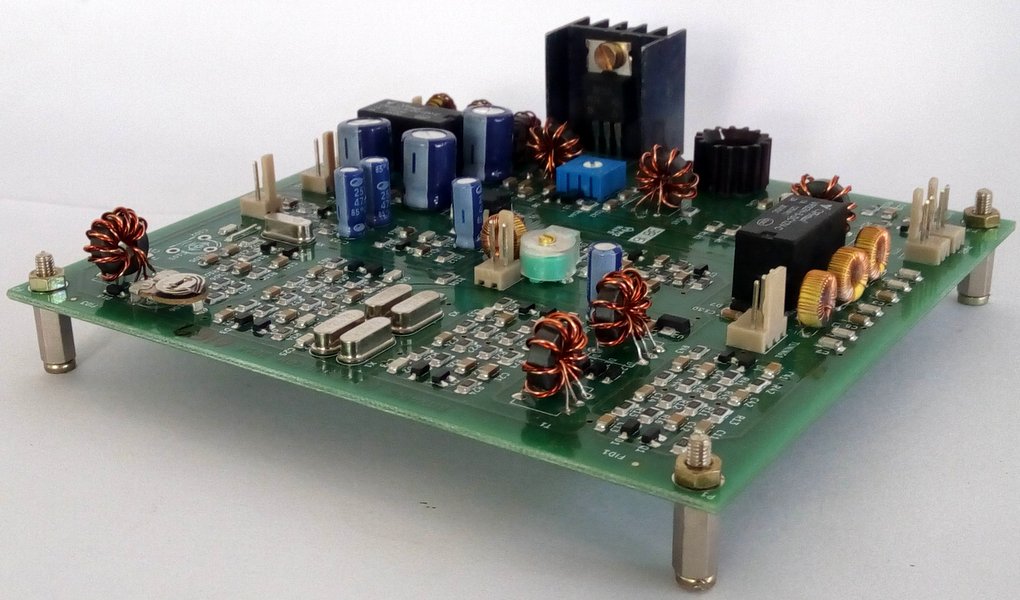
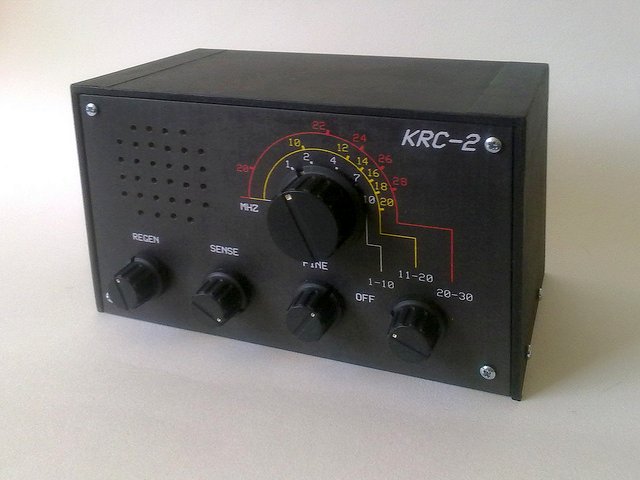
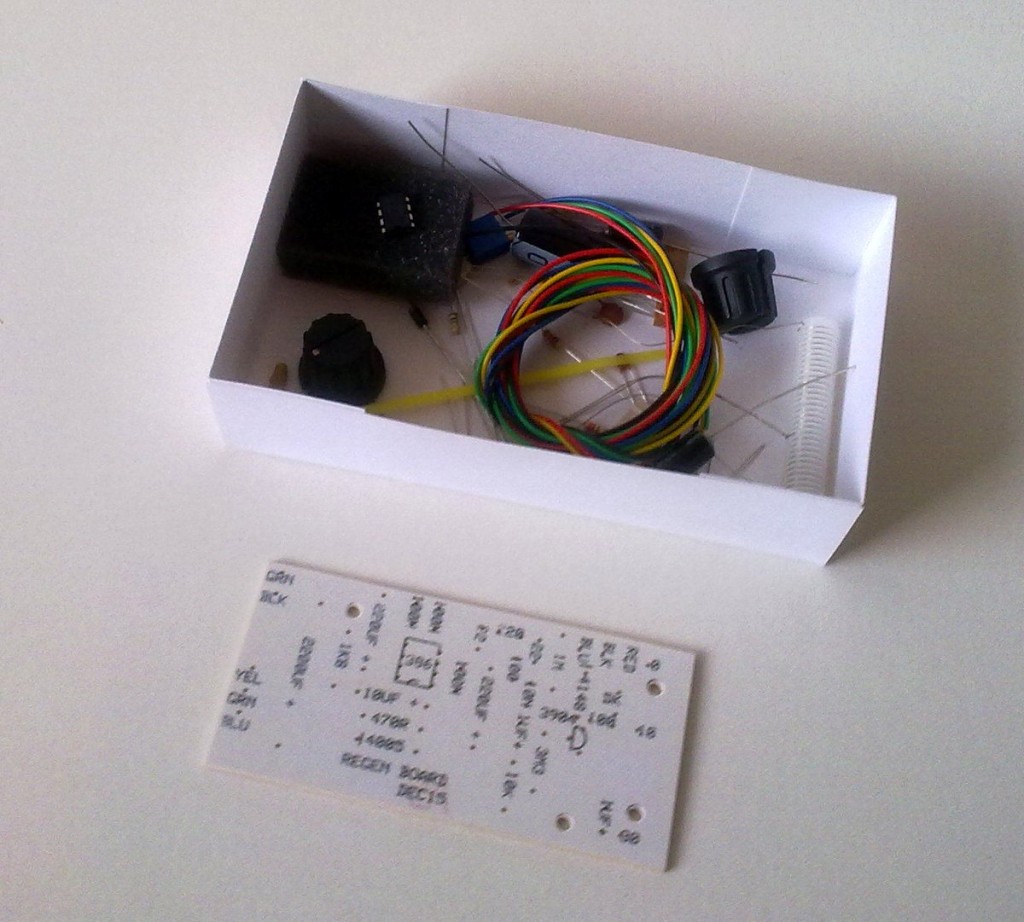
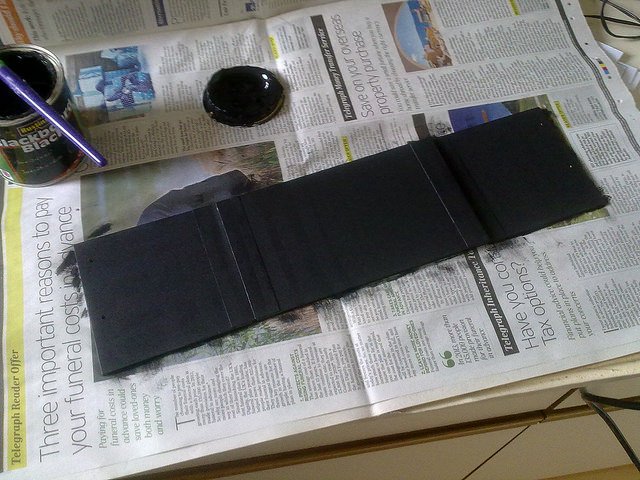
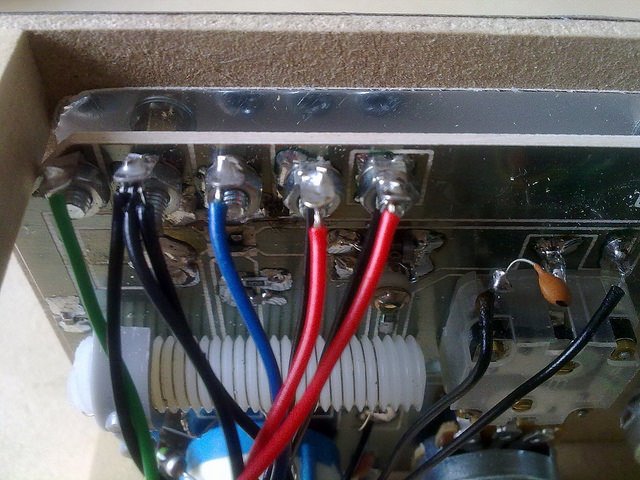

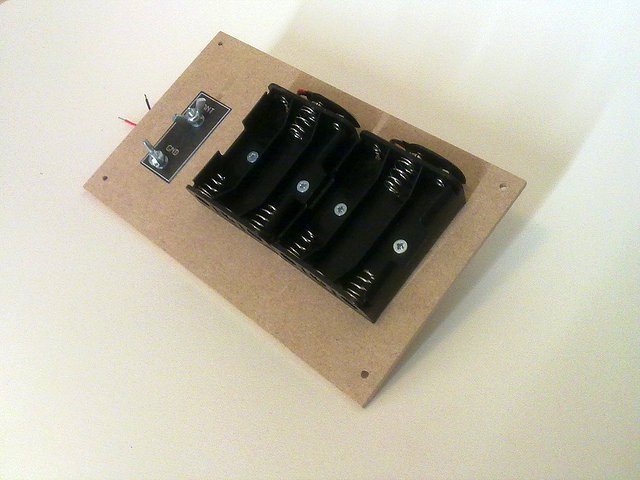
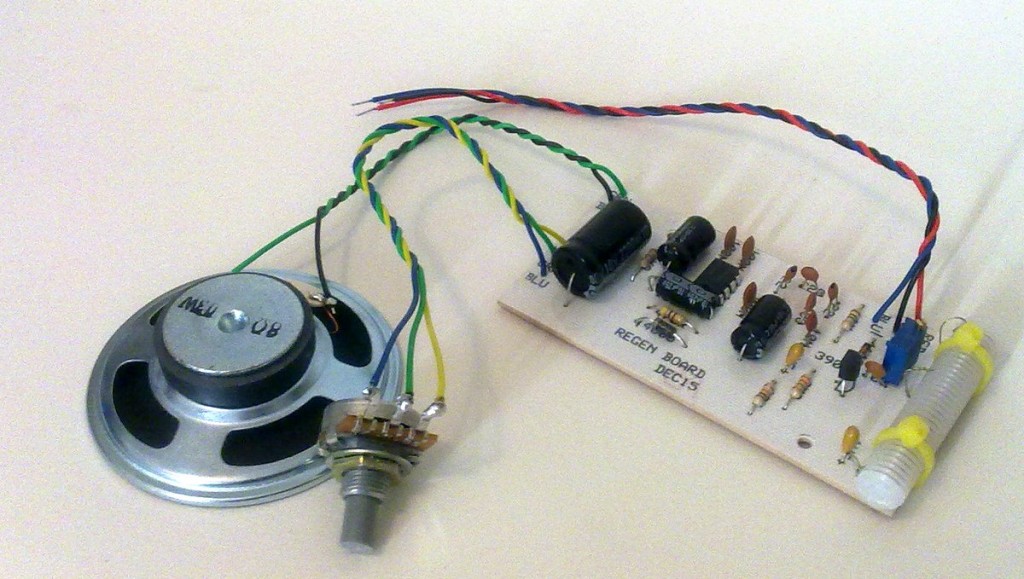
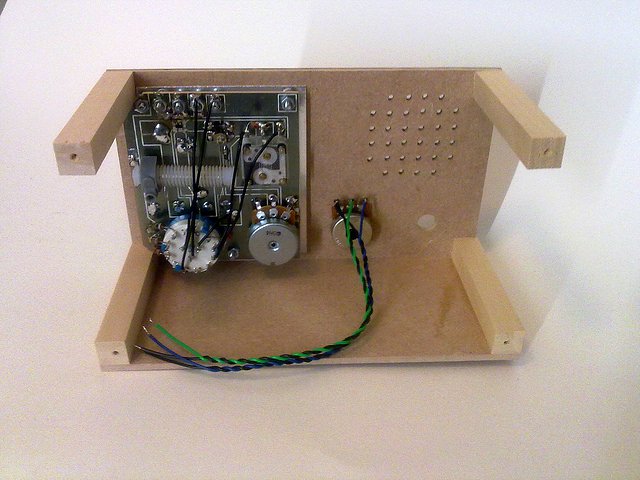

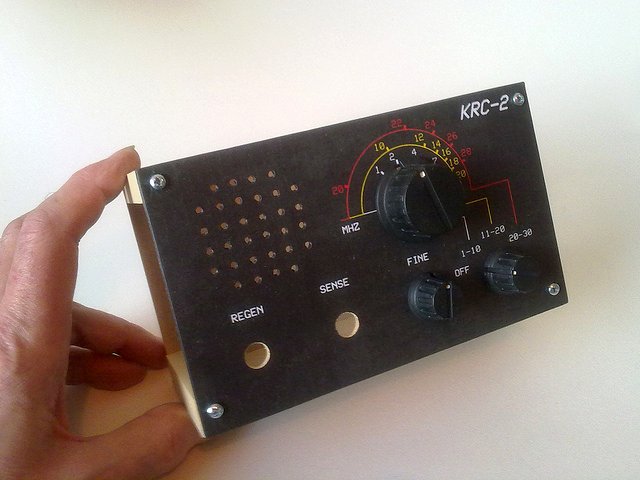
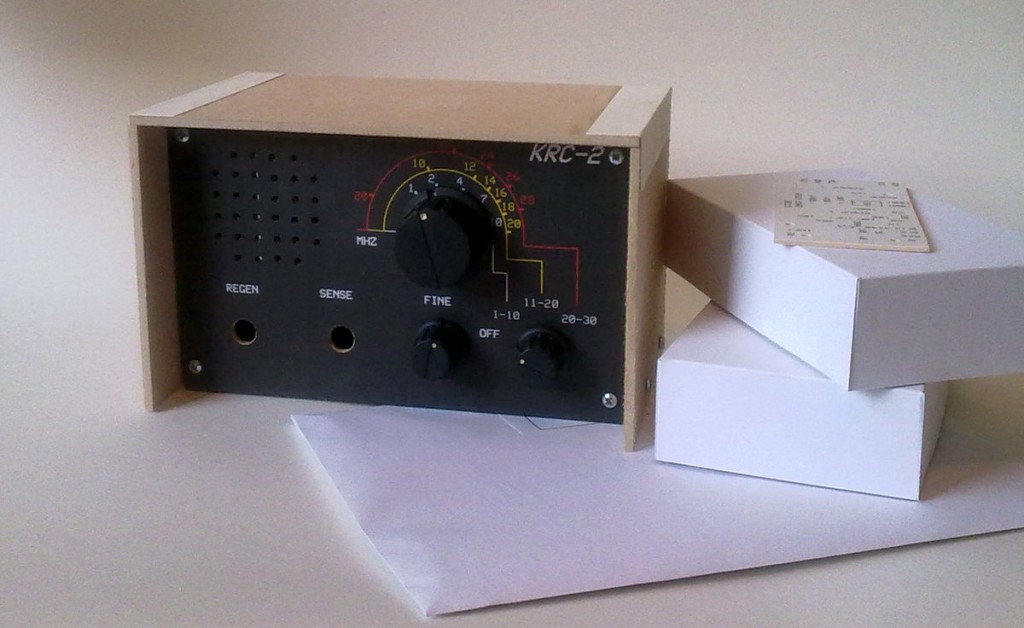
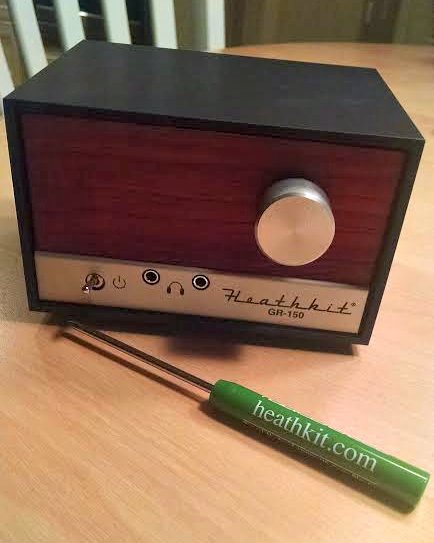


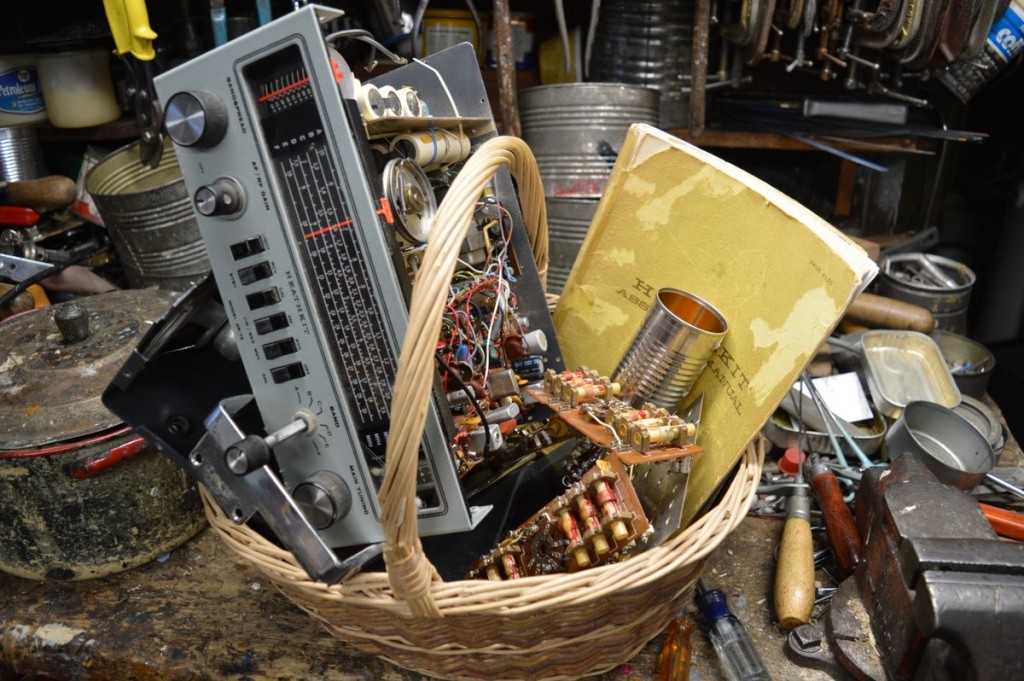
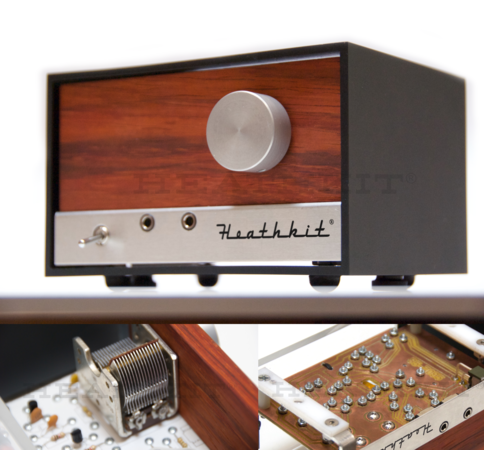 Many thanks to SWLing Post contributor, James Surprenant (AB1DQ), who shares this review and photos of the new Heathkit Explorer Jr. TRF AM radio receiver kit:
Many thanks to SWLing Post contributor, James Surprenant (AB1DQ), who shares this review and photos of the new Heathkit Explorer Jr. TRF AM radio receiver kit: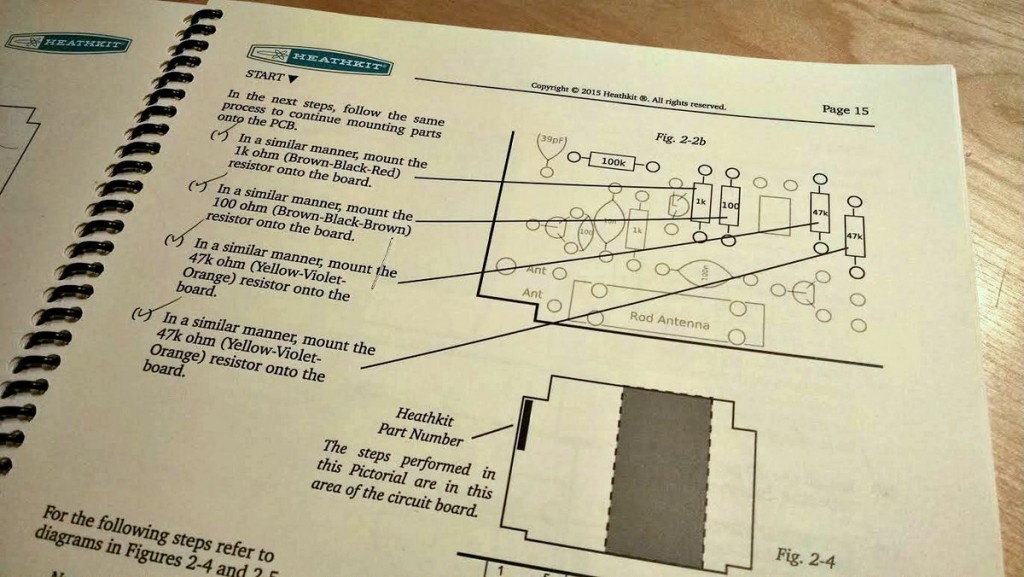
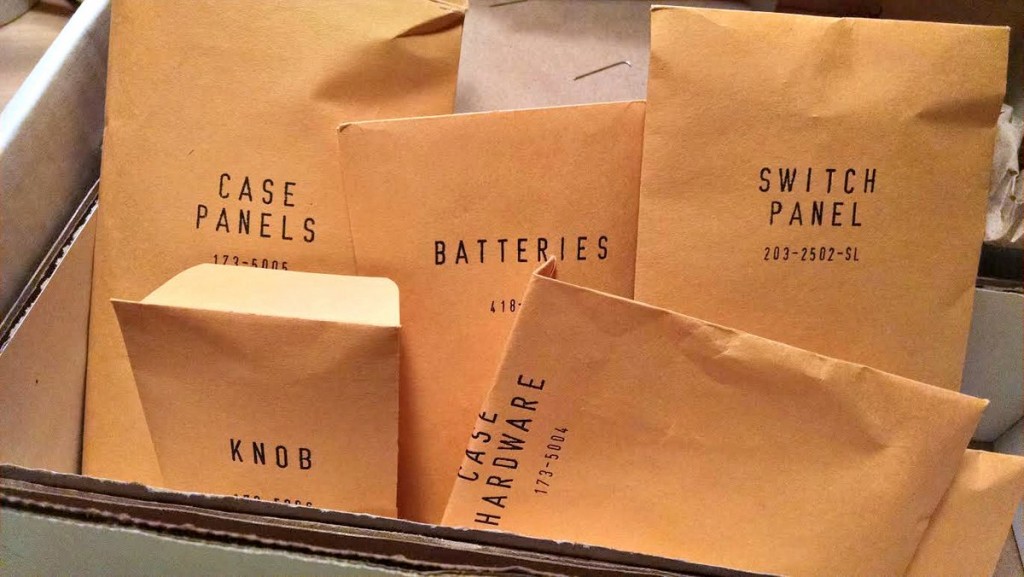
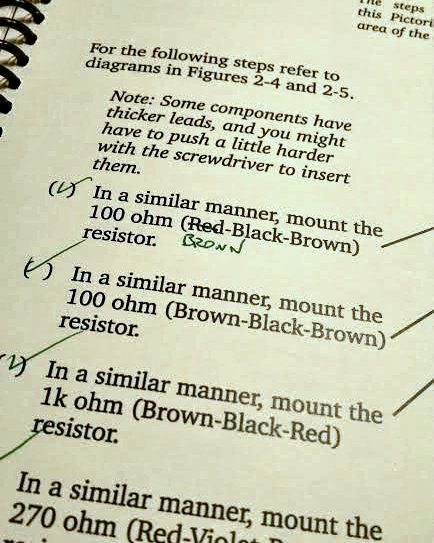
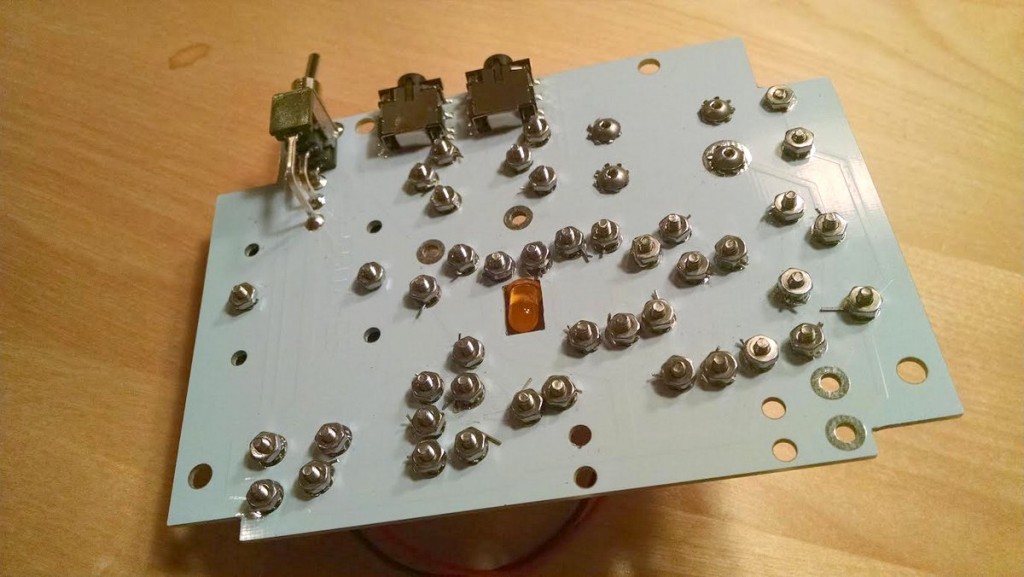
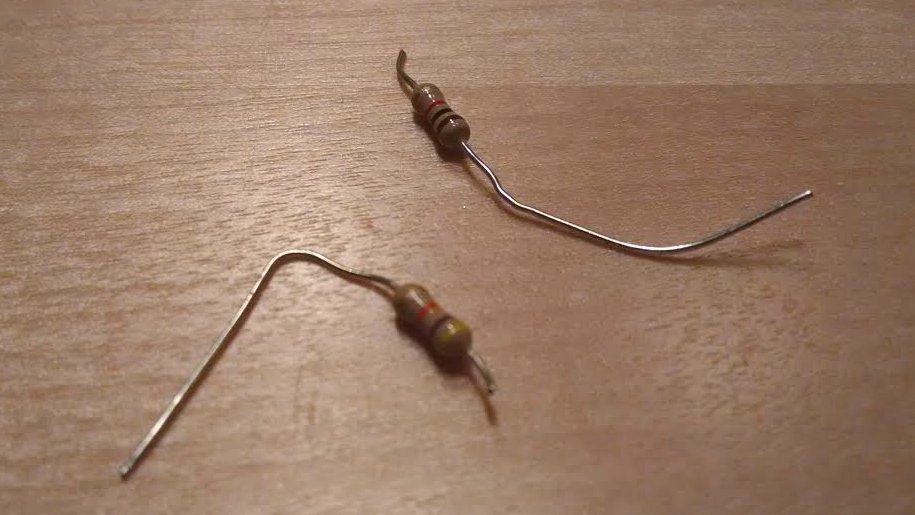 On the downside, I managed to sheer off the leads on TWO resistors when tightening the screws. Fortunately I was able to replace the busted resistors from my on-hand stock.
On the downside, I managed to sheer off the leads on TWO resistors when tightening the screws. Fortunately I was able to replace the busted resistors from my on-hand stock.